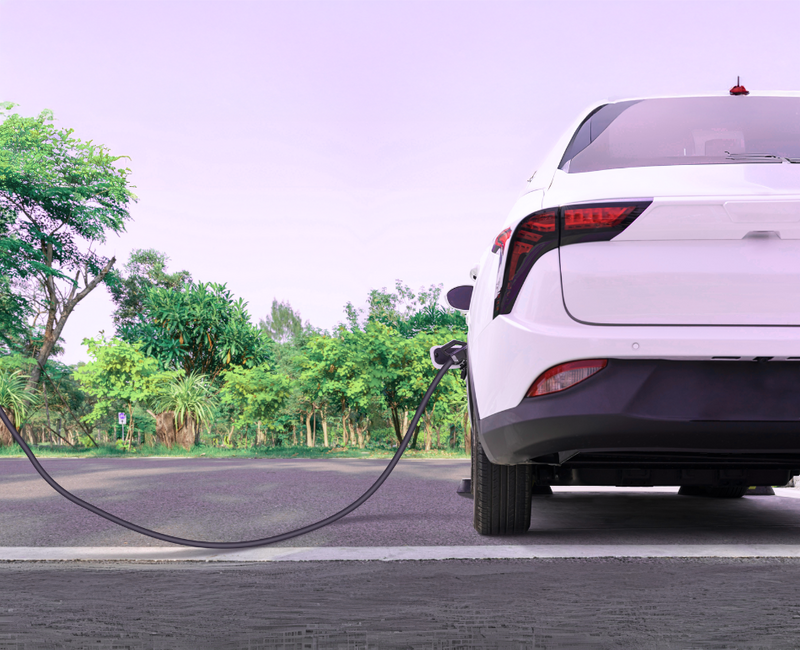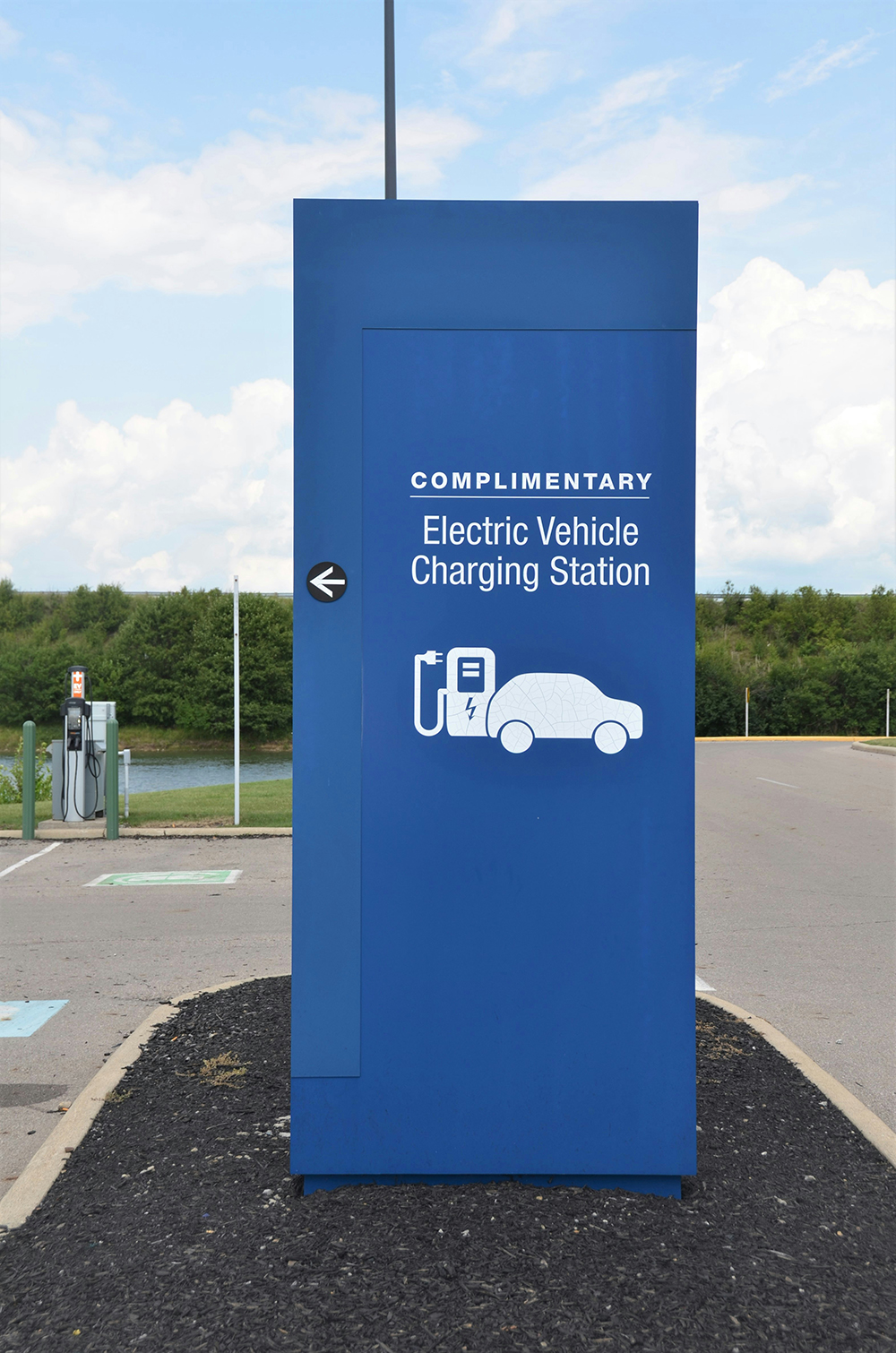Thought Leadership
Sponsored by CA Auto Finance
Charging Ahead: The 2025 EV Transformation Reshaping the Automotive Landscape and Consumer Experience
TowHaul Corporation is the leading manufacturer of off-road lowboys specifically designed for the open-pit mining industry
Main image credit:
The electric vehicle (EV) market is undergoing a rapid transformation in 2025. Earlier this year, reports of EV sales surging by 29% globally signified a broader shift in consumer sentiment, technological innovation, and competitive products that are reshaping the landscape.
Consumers, manufacturers, and financial institutions are approaching the future of mobility differently. Where EVs were once a niche product, today they are a growing force, with over 20,000 models now available in the UK— a major increase from just a handful five or ten years ago.

A market in motion
Growth is driven not only by technological innovation, but a wave of new market entrants, many shifting price and performance expectations. Chinese manufacturers are especially impactful. With no tariffs impeding their entry into the UK, brand such as BYD, Omoda and Jaecoo are offering competitively priced EVs and hybrids to stimulate EV adoption.
Established brands are responding well to this competition and it’s creating an exciting industry landscape. This is especially apparent in Europe where household names are decreasing price points and vastly improving product line-ups. Range-extender hybrids—a format where a petrol engine acts as a generator rather than a power source—are also gaining renewed interest, and I see hybrids continuing to grow in the marketplace.
Prices are falling even as technology and quality improves. The result? EVs are becoming more attainable for more people.
Consumer sentiment is catching up
One of the most striking changes over recent years is the shift in consumer sentiment. Exposure to EVs— through workplace schemes, growing infrastructure, or simply more visibility on the roads—has turned curiosity into confidence.

A significant driver of this trend has been the popularity of EVs among company car drivers. With attractive tax incentives, many employees are now accessing premium EV models at a fraction of the cost, encouraging adoption and normalising EV ownership. The perception gap has narrowed- people are realising EVs aren’t just greener, they’re good cars.
Employers are also stepping up, offering free charging and expanding EV options within corporate fleets. At a time when the cost-of-living continues to rise, many consumers are choosing EVs for the economic advantage. Motorists can experience at least a £200 monthly saving due to reduced tax vs an ICE on the monthly cost of the vehicle alone (through BIK), let alone insurance and servicing costs - often a deciding factor for many.
The role of finance in driving transition
As the EV market expands, the role of finance is becoming more important than ever. With 90% of UK car buyers using finance, the structure and flexibility of financing is crucial to adoption.
At CA Auto Finance, we've long recognised that getting more EVs on the road isn’t just about product—it’s about access. We’ve partnered with OEMs from the outset to develop finance packages that support both new and used EVs. As part of Crédit Agricole Auto Bank Group, we draw on 100 years of experience in European automotive finance and mobility. Thanks to this century-long expertise, our group is today one of the leading independent, multi-brand players in vehicle financing and mobility – with a particular focus on sustainable mobility.
Beyond traditional PCPs and HPs, we offer unique variants of products that other lenders don’t, helping both dealers and consumers find the right path forward. We also have CA Auto Finance and Drivalia Long-Term and Short-Term rental all under one roof, using a shared system, which makes us quite unique in the marketplace. We believe in making electrified mobility convenient, accessible, and sustainable.
Policy, innovation, and infrastructure
Despite the UK’s full EV transition deadline moving to 2035, the ambition remains strong. Government incentives, such as company car tax breaks and the £200m Spring Budget investment in EV charging infrastructure, are helping to close the infrastructure gap—particularly between northern and southern England.

Christian Gorton, Marketing Director at CA Auto Finance UK.
However, more can be done. Subsidies for private EV buyers would significantly accelerate adoption, and as the hybrid segment continues to grow—especially with some OEMs recalibrating their EV strategies—policy support must remain adaptive and forward-looking.
Hydrogen cars, though still in their infancy, are another area of future promise. Just as EVs faced early infrastructure hurdles, hydrogen may follow a similar trajectory, requiring long-term investment and vision.
The EV market is one of the fastest-evolving sectors in the automotive world—and uniquely, it's evolving toward affordability, not away from it. Alongside relentless innovation and smart financial support, it’s accelerating us toward a cleaner, smarter, and more accessible automotive future.
In line with the values of the Credit Agricole Auto Bank Group, we at CA Auto Finance are committed to being part of that future—not just as financiers, but as enablers of sustainable mobility. From supporting dealers to working hand-in-hand with OEMs, we’re helping ensure that when consumers make the switch to electric, they find not just a new car—but a better way forward.
Contact information
CA Auto Finance
Email: service-centre@ca-autobank.com
Web: www.ca-autofinance.co.uk
